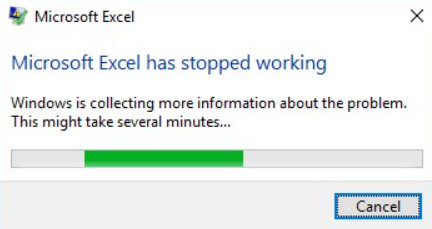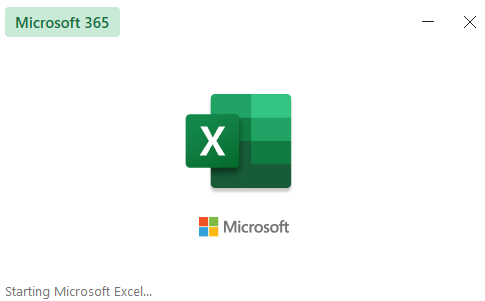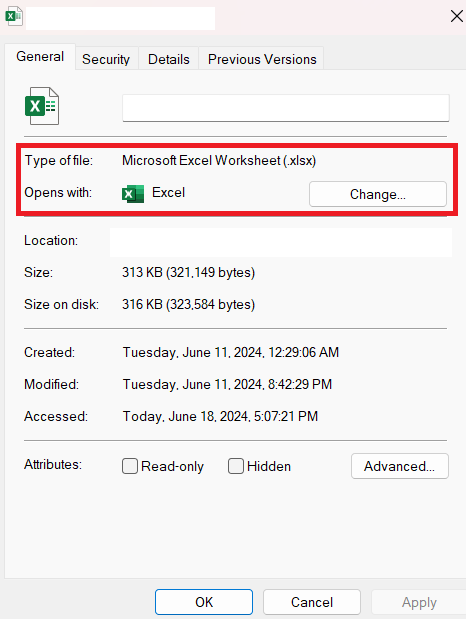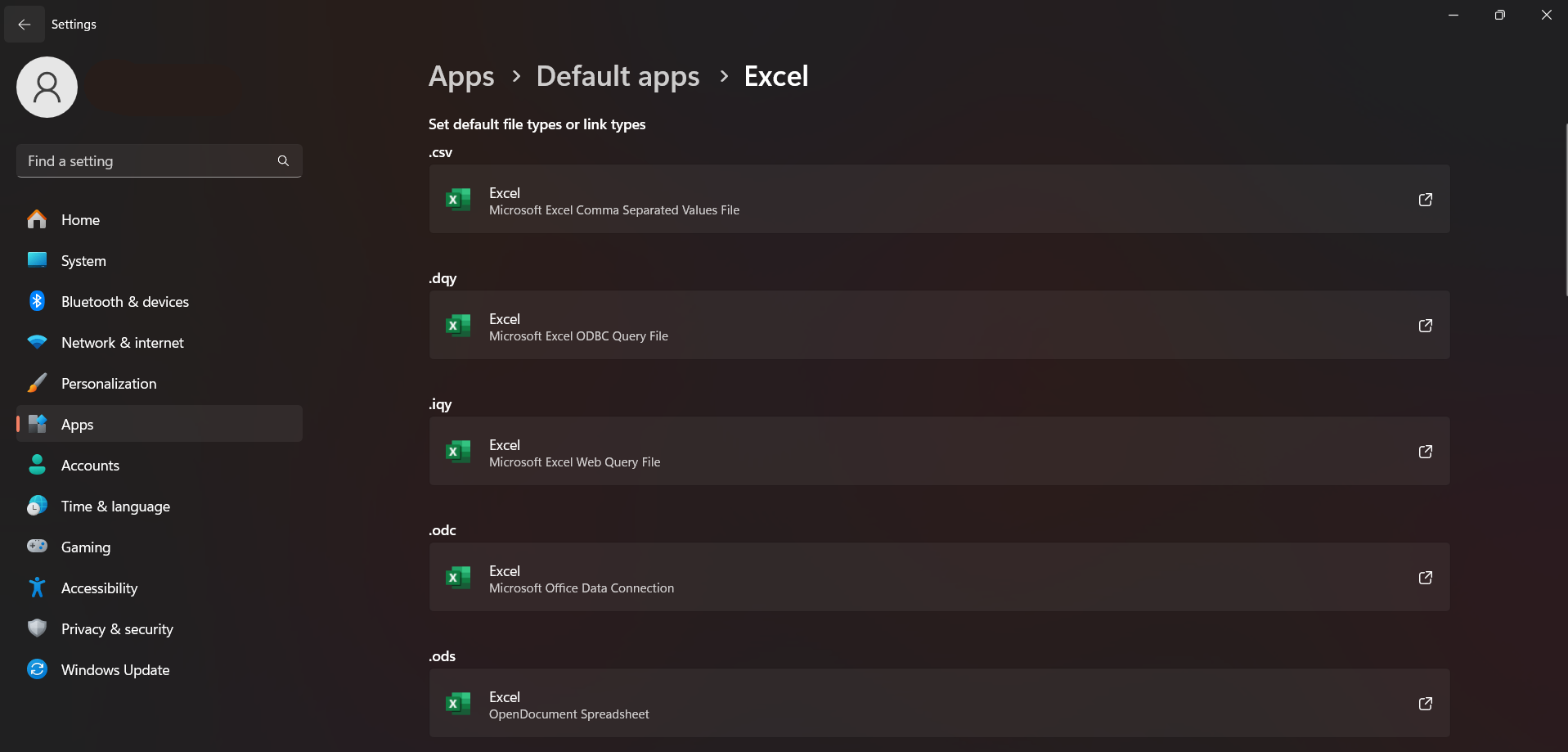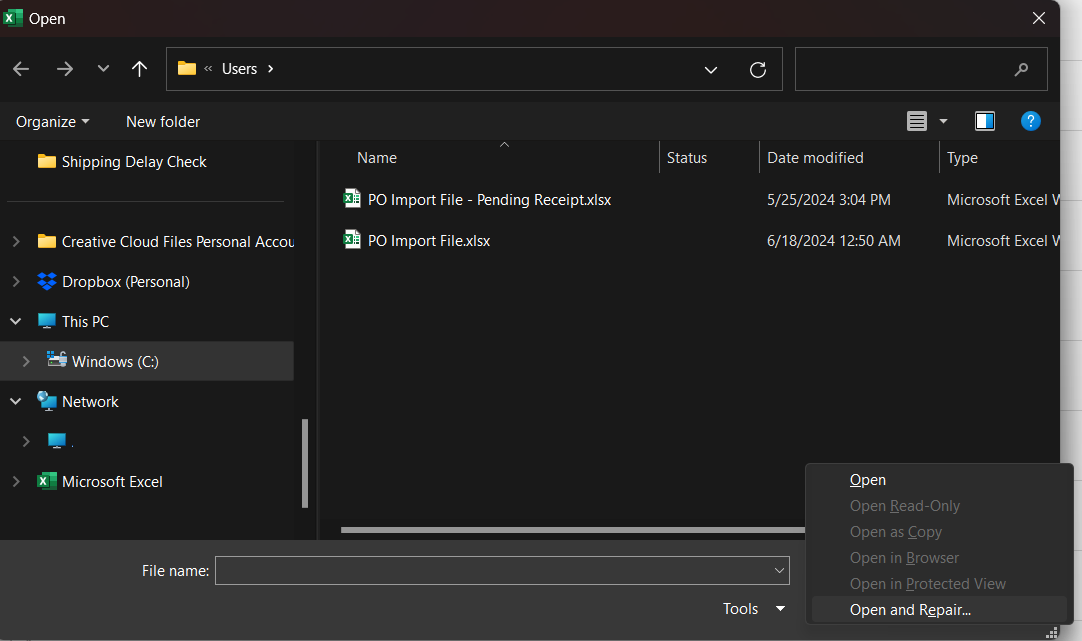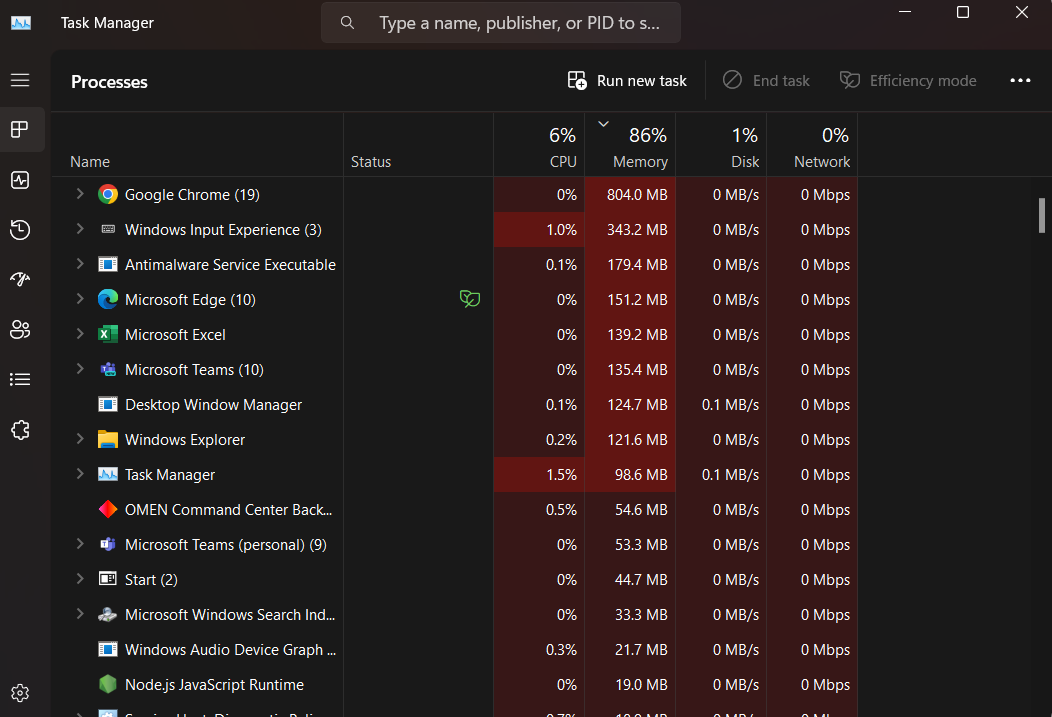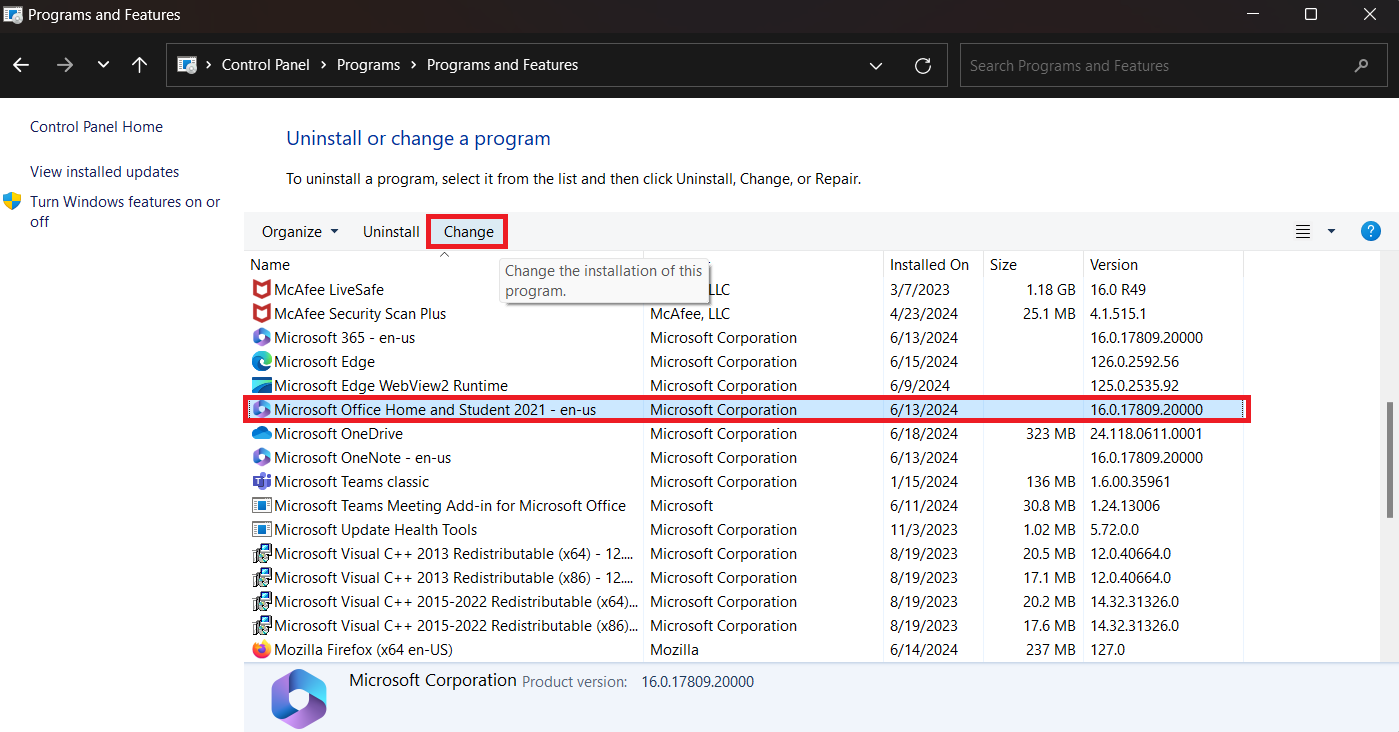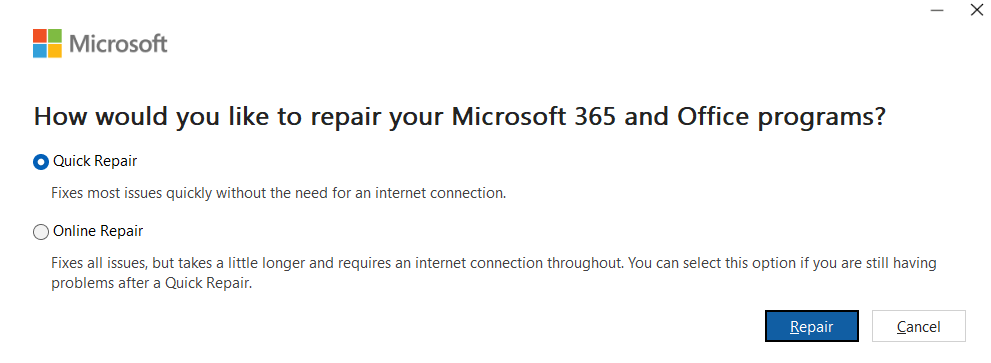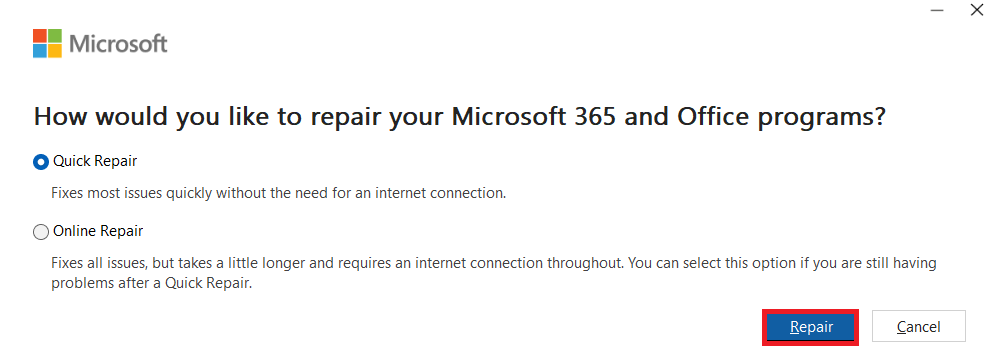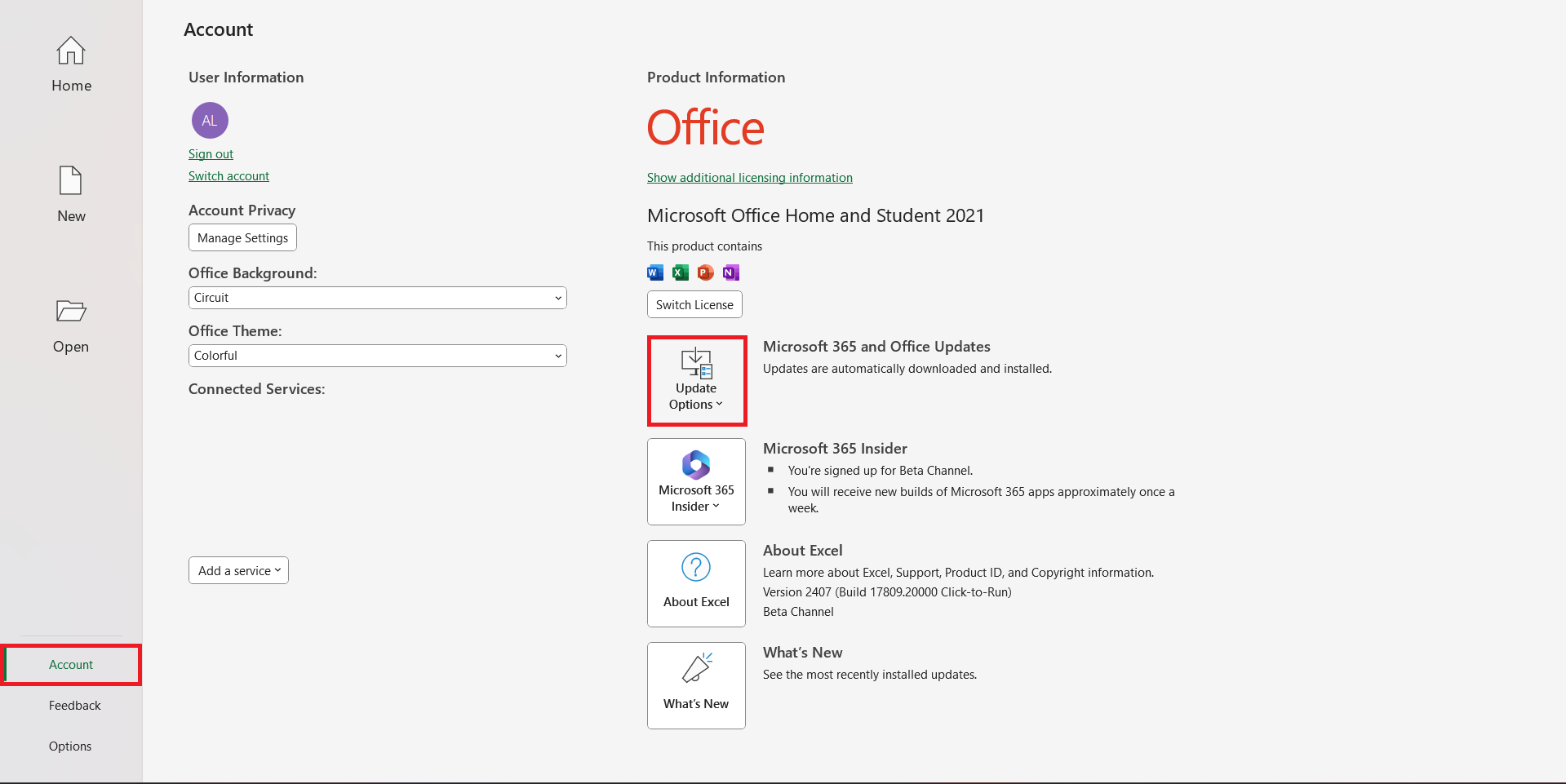Encountering issues with Microsoft Excel can disrupt productivity and cause frustration across various professional and personal tasks. Whether it’s failing to launch, freezing unexpectedly, or displaying error messages, these disruptions can severely impact workflow efficiency. In this article, we will cover the reason why Microsoft Excel not opening and how to resolve it.
Key Takeaways:
- Impact on Workflow: Excel issues can lead to delays and lost work, affecting tasks ranging from financial analysis to academic research.
- Common Problems: Issues like Excel not responding or hanging often stem from outdated software, file corruption, or conflicts with other applications.
- Diagnostic Steps: Checking file associations, restarting the system, and updating software are initial steps to resolve Excel opening problems.
- Technical Solutions: Utilizing Safe Mode, disabling add-ins, and repairing Microsoft Office are effective strategies to troubleshoot deeper issues.
- Preventive Measures: Regular updates, managing system resources, and maintaining antivirus software can prevent future Excel disruptions and ensure smooth operations.
Table of Contents
Introduction to Excel Troubles
The Impact of Excel Failure on Workflow
When Excel decides to throw a tantrum and refuses to open, the ripple effect on your workflow can be significant. Whether you’re a financial analyst crunching numbers, a marketer tracking campaign metrics, or a student compiling research data, Excel is often the backbone of your data management.
A hiccup in this system can lead to delays, frustration, and sometimes even lost work. It’s a situation where they need Excel to behave correctly, yet it stumbles right at the starting line by not opening at all.
A Snapshot of Common Excel Opening Issues
Encountering Excel opening issues can feel like hitting a brick wall. Common culprits include error messages such as ‘Excel not responding‘, ‘Excel hangs’, or simply nothing happening when they try to launch the program.
Occasionally, they might even get a glimpse of the Excel splash screen before it disappears into the digital abyss. These glitches could stem from various factors: outdated software, corrupt files, or conflicts with other programs. Identifying the root cause is the first step towards reclaiming control of their Excel experience.
Diagnosing the Culprit Behind Microsoft Excel Not Opening
Inspecting File Associations and Defaults
File associations are the silent but crucial facilitators that ensure that double-clicking an Excel file opens it in Excel. When these associations are incorrect, Excel may not recognize its own files.
They can inspect these by diving into the settings and checking if .xls, .xlsx, or .csv files are appropriately linked to open with Excel as the default program. This oversight is often an easy fix but a common oversight that disrupts the seamless interaction they expect between their files and the applications designed to open them.
Quick-Fix Solutions
Restarting and Updating Your System
It might sound simple, but restarting the computer can work miracles for all types of tech glitches, including when Excel refuses to open. This gives the system a chance to reset and clear out any minor hiccups. After a reboot, if Excel still plays hard to get, it’s wise to check for updates.
They can update Windows and Excel to ensure they’re not facing a known issue that’s already been resolved in a recent patch. This proactive approach often fixes software conflicts and bugs that impede Excel from launching.
Implementing Safe Mode and Selective Startup Techniques
Navigating Excel opening issues with Safe Mode can point out if the problem is add-in or extension-related. To do this, they need to hold ‘Ctrl’ while launching Excel; this starts the app without any bells and whistles – just plain, old Excel. If it opens successfully, then they know an add-in may be the culprit.
Selective Startup, on the other hand, is another effective detective tool. It helps identify conflicts by starting Windows with only essential services and programs. This puts them in a good position to differentiate between a Microsoft issue or something else that’s causing Excel to be uncooperative. These tweaked startups are diagnostic lifesavers when they need to weed out problem-causing software.
Technical Tweaks to Overcome Excel Hurdles
Disabling Problematic Add-ins and Hardware Acceleration
Tackling problematic add-ins requires a bit of detective work. They’ll need to open Excel in Safe Mode first, then head to the Add-ins section under Options and disable them one by one. This trial-and-error process helps identify the offender disrupting their workflow.
Resolving File Corruption and DDE Issues
File corruption is a feared term for anyone who relies on digital documents. If faced with a corrupted Excel file, the built-in ‘Open and Repair’ feature can be used to attempt a fix. It’s hidden within the ‘Open’ dialog in Excel but could save the day.
If Excel files remain unresponsive, ensure the ‘Ignore other applications that use Dynamic Data Exchange (DDE)’ option is unchecked in Excel’s advanced options. This less-known setting being enabled can prevent files from opening without any obvious error message.
When Basics Don’t Work: Advanced Strategies
Performing a Repair of the Microsoft Office Suite
Sometimes when Excel is resistant to all other charm, repairing the entire Microsoft Office Suite becomes the necessary hammer. This is essentially giving Office a fresh start without the hassle of reinstalling everything. Quick Repair is their first line of repair, fixing most issues without requiring an internet connection. However, if that doesn’t solve their woes, they might consider the Online Repair option which is more thorough.
Here’s a quick guide to success:
STEP 1: Close all Office applications one by one or using Task Manager.
STEP 2: Head to the Control Panel, then ‘Programs’ and ‘Programs and Features.’
STEP 3: Select Microsoft Office, followed by ‘Change.’
STEP 4: Choose ‘Repair,’ and then decide between ‘Quick Repair’ and ‘Online Repair.’
STEP 5: Follow the prompts and restart the computer afterward.
Remember, patience is key here as the repair process might take some time, but it’s often their best shot at fixing deep-seated Excel issues.
Reaching Out to Microsoft Support as a Last Resort
When they’ve exhausted all the tricks up their sleeve and Excel still won’t budge, it’s time to call in the cavalry – Microsoft Support. They offer a range of options to assist, from their website’s self-service solutions to opening a service request in the Microsoft 365 admin center, especially handy for small business admins. Microsoft Store support is another avenue if they’re encountering issues with product purchases.
Here’s what to do:
- Visit Microsoft Support’s website for DIY fixes or to chat with an agent.
- Open a service request via the Microsoft 365 admin center for more technical assistance.
- Contact Microsoft Store support if it’s purchase-related.
Reaching out to Microsoft Support could unveil that the problem is part of a larger issue perhaps stemming from a recent update. They’re the experts, and with their insights, a solution is within reach.
Preventive Practices for Smooth Excel Operations
Regular Software Updates and Maintenance
Keeping software up-to-date isn’t just about catching the latest features; it’s also their best defense against bugs and compatibility issues. With regular updates, they can stay ahead of the curve, ensuring that Excel and their operating system have the latest security patches and performance improvements.
It’s easy to set Windows Update to handle this automatically. Additionally, keeping antivirus software current is equally important, as it can prevent third-party disruptions that might impact Excel’s performance.
In maintenance terms, routinely checking disk health and managing system resources can keep their device running smoothly, minimizing the probability of Excel-related meltdowns.
Frequently Asked Questions
Why is Excel not responding when opening?
Excel may not respond if there’s a software conflict, the file they’re trying to open is corrupt, or there’s a problem with Excel’s add-ins or extensions. To fix this, they can try opening Excel in Safe Mode to see if it responds without any add-ins loaded. If that works, they can then disable add-ins one at a time to pinpoint the issue. A system restart and ensuring their software is up-to-date are also recommended steps.
How can I fix the Excel white screen issue?
To address the Excel white screen issue, start by pressing ‘Esc’ several times. If that doesn’t help, try alternating between minimizing and maximizing the Excel window, or switch between windows using ‘Alt + Tab.’ Disabling hardware graphics acceleration in Excel’s options might also fix the problem. If these steps don’t work, restart your computer and check for updates.
What should I do if none of the solutions allow Excel to open?
If Excel still won’t open after trying all the solutions, it’s time to consider more advanced troubleshooting. This could include creating a new user profile on the computer, as a corrupted user profile could cause issues with Excel. If that doesn’t resolve the problem, performing an online repair or reinstalling Microsoft Office may be necessary. As a last resort, contact Microsoft Support for further guidance.
Why is Excel not opening on the desktop?
Excel might not open on the desktop if there’s an issue with the program’s installation, system resources are low, or file associations are incorrect. Verify if Excel is properly installed and that .xlsx or .xls files are associated with it. If necessary, perform a Quick Repair on the Microsoft Office installation. Also, ensure that there’s enough memory and CPU available for Excel to run by closing other programs.
Why is my Excel sheet not showing any data?
An Excel sheet might not show data if rows or columns are hidden, filters are applied, or it’s in Show Formulas mode. To diagnose, check for hidden cells, clear all filters, and toggle off the formula view by pressing ‘Ctrl + ~’. Additionally, ensure there isn’t an issue with the display settings or monitor setup that might be hiding the data off-screen.
John Michaloudis is a former accountant and finance analyst at General Electric, a Microsoft MVP since 2020, an Amazon #1 bestselling author of 4 Microsoft Excel books and teacher of Microsoft Excel & Office over at his flagship MyExcelOnline Academy Online Course.

